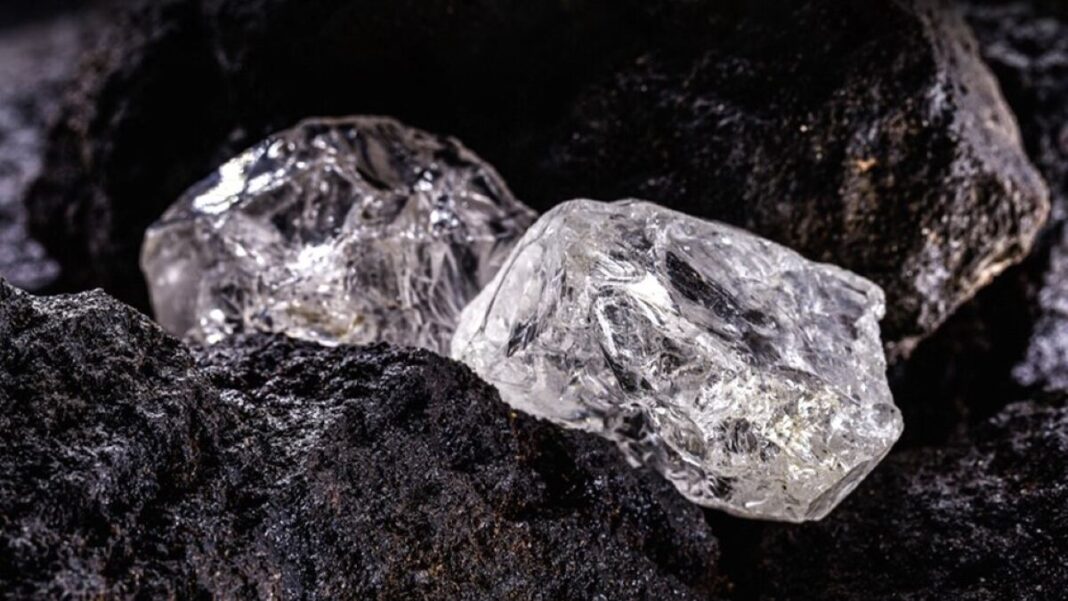INDIA: Lithium, a soft, silvery-white metal, is a critical element with many applications in modern society.
Role of lithum in technological advancement
It is one of the lightest metals and has the highest electrochemical potential of all elements, making it a key component in the batteries that power our modern world. From smartphones and laptops to electric cars and renewable energy storage, it has become an essential component of the technology we rely on daily.
One of the essential uses of the metal is in rechargeable batteries. Lithium-ion batteries, widely used in portable electronic devices, are known for their high energy density and long cycle life. It is widely used in electric vehicles (EVs) and stationary energy storage systems that store energy from renewable sources such as wind and solar.
The demand for lithium-ion batteries has been growing rapidly, with projections suggesting that they will continue to rise in the coming years. Another critical use of lithium is in the treatment of mental health disorders. It has been used as a mood stabilizer in treating bipolar disorder for over 70 years.
Lithium-based medicines are effective in reducing the frequency and severity of manic episodes and have been shown to help prevent suicidal behaviour in people with bipolar disorder. It also treats other mental health conditions, such as depression and anxiety.
In addition to its medical and technological applications, the metal is highly used in industry. Lithium carbonate is used to produce glass, ceramics, and aluminium. It is also used as a lubricant in the aerospace industry due to its ability to withstand high temperatures.
Lithium deposits discovered in India
The growing importance of the chemical element has led to a surge in demand for the element—countries such as China, the United States, and Australia are among the leading producers.
In light of India’s recent discovery of 5.9 million tons of lithium deposits in Jammu and Kashmir, the country has a unique opportunity to become a significant player in the global market and transform its energy landscape.
India’s push towards electric mobility has been gaining momentum over the past few years, with the government’s aim to have only electric vehicles on Indian roads by 2030.
The ambitious goal requires a significant increase in the production of batteries, which China, South Korea, and Japan currently dominate. The discovery of the reserves in India is a game-changer for the country’s domestic production of batteries, which has been heavily reliant on imported lithium.
The discovery of lithium reserves in India has the potential to transform the country’s energy landscape, create jobs, and spur economic growth. However, the challenge is to develop an efficient and sustainable lithium mining and extraction process that minimizes environmental impact.
It’s extraction is a water-intensive process that can lead to the depletion of groundwater resources and contamination of water sources if not managed carefully.
The Indian government needs to take a holistic approach that balances the economic benefits of lithium mining with environmental concerns and social impacts. The discovery of the recent deposits aligns with India’s larger goal of achieving self-sufficiency in critical minerals and reducing import dependence.
The discovery of 5.9 million tons of lithium deposits in India is a significant development that has the potential to revolutionize the country’s energy landscape and create new opportunities for economic growth.



